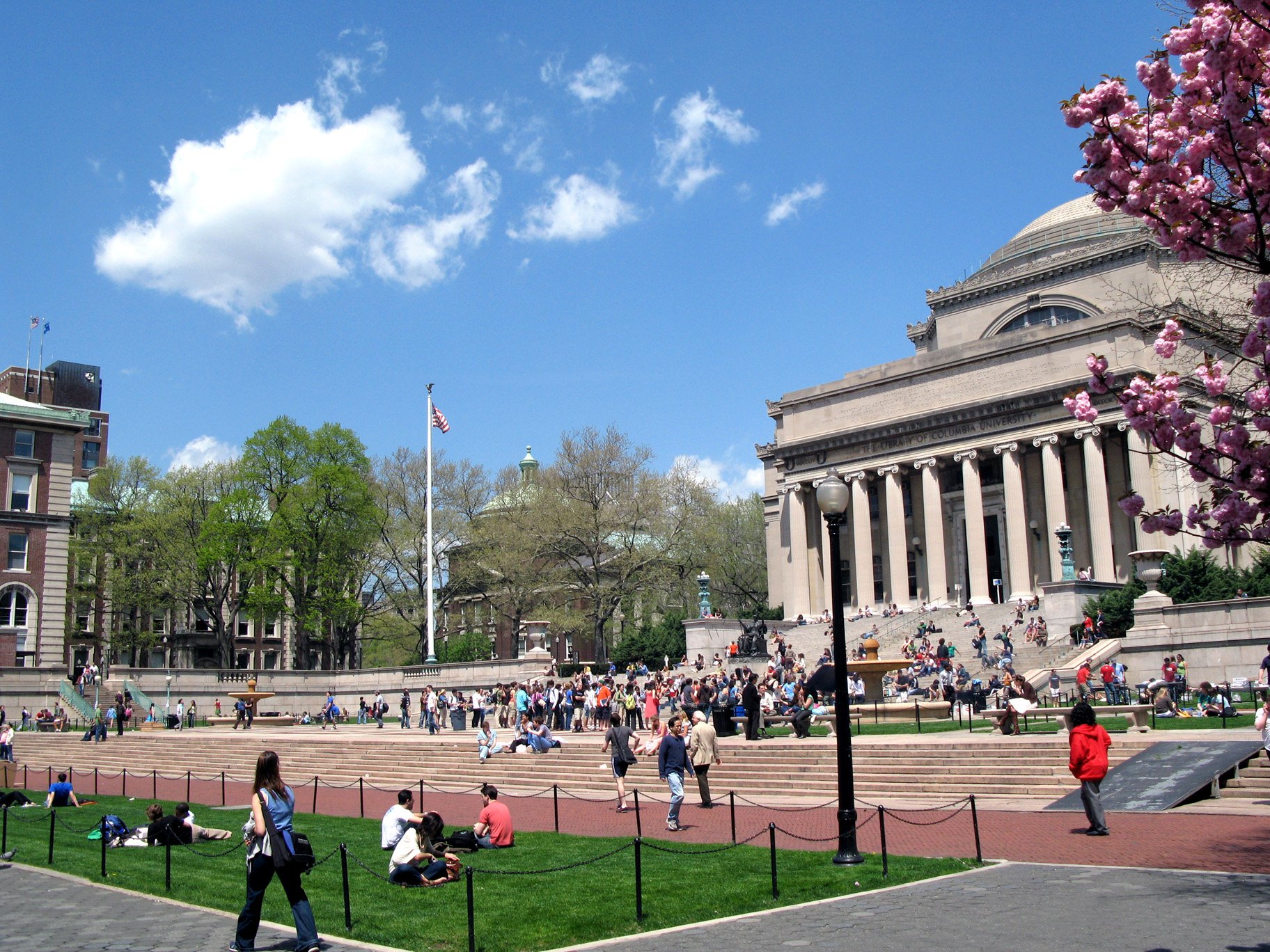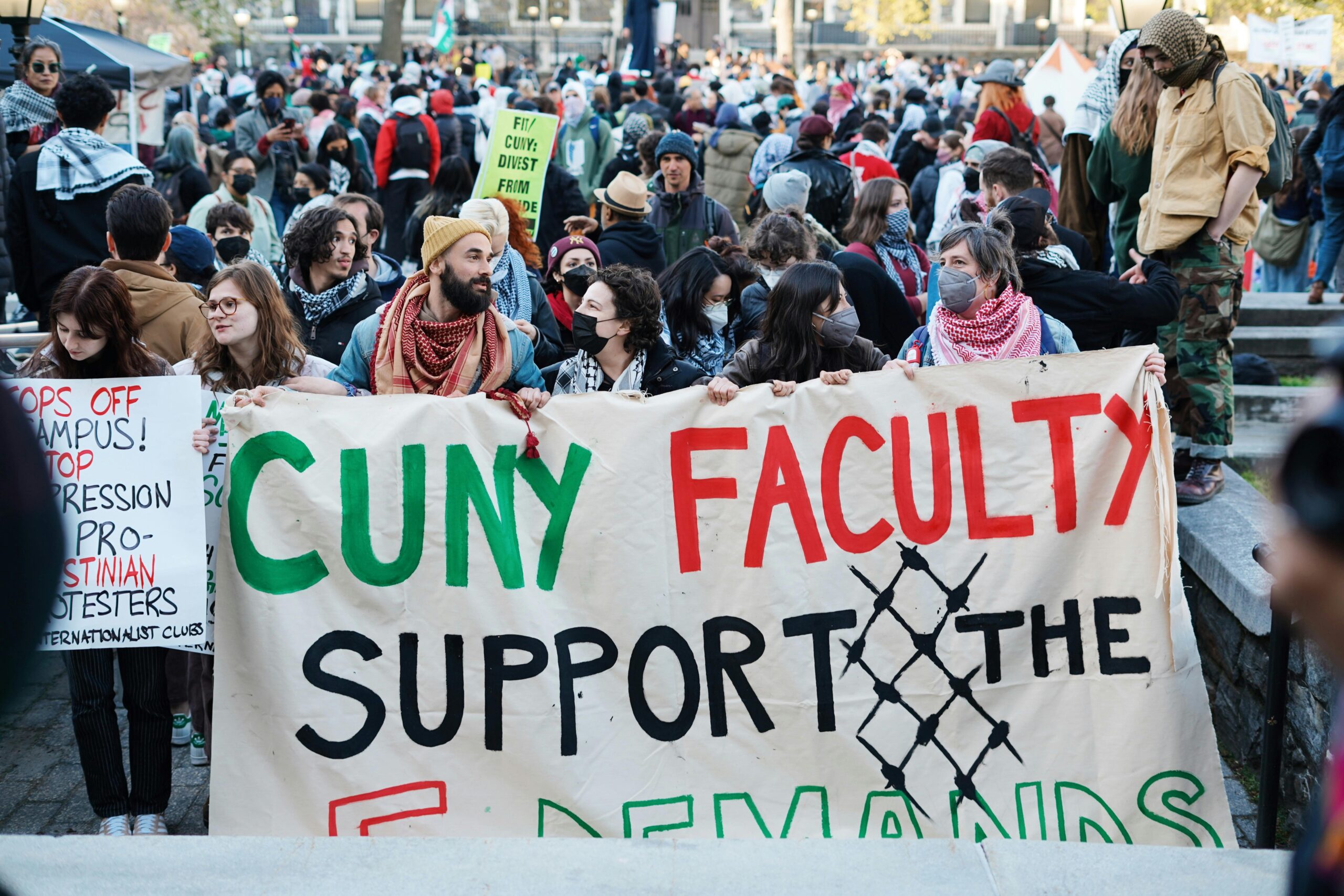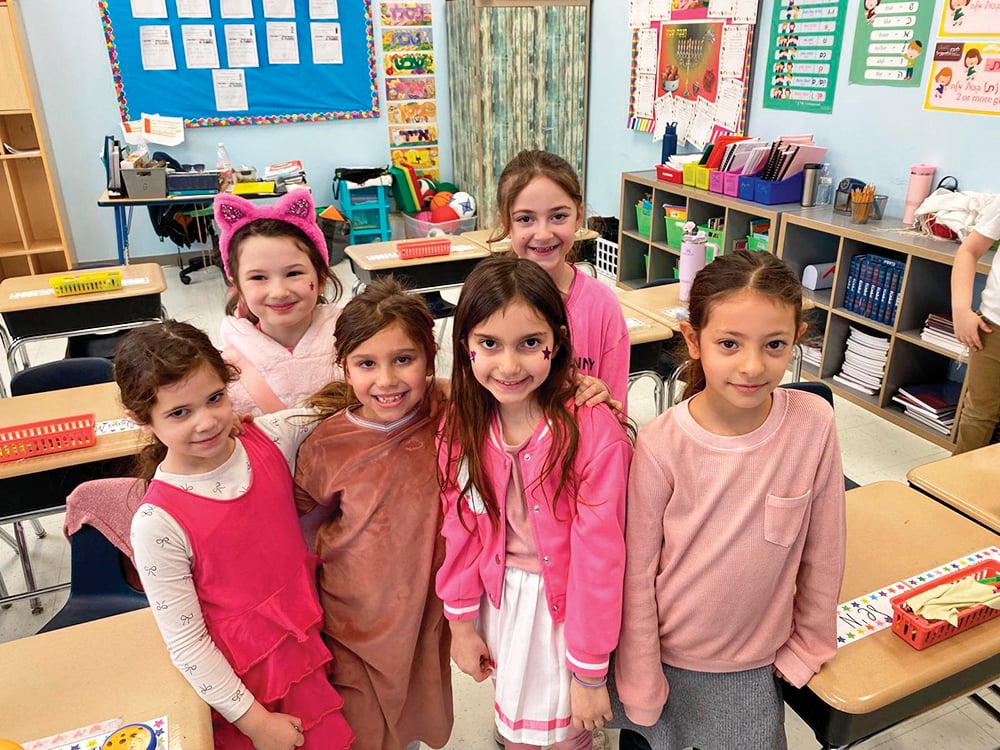

Rabbi Tully Harcztark, of SAR High School, said that as he was growing up, Modern Orthodoxy was defined through a specific set of issues: Rigorous secular education, women learning Torah and unwavering support for the state of Israel.
“We certainly support all three. Acknowledging that the world around us is constantly changing, we should define ourselves not by issues but by methods. The Torah and the world must speak to each other.” Rabbi Harcsztark noted that Modern Orthodoxy does effect change; these concepts have spun over to other sects of Judaism positively, adding that Modern Orthodoxy gives Judaism the best way to adapt to change while adhering to Halacha.
Harcztark was one of two speakers at Stamford’s Bi-Cultural Hebrew Academy Center for Community Education held a virtual forum, “Modern Orthodoxy in a Postmodern Era,” along with Rabbi Gil Perl from Philadelphia’s Kohelet Yeshiva.
Rabbi Perl began, “I consider myself a product of the Modern Orthodox community. When I took my first position as a head of school, I was responsible for passing on the legacy of Modern Orthodoxy. I had serious questions about what I call the project of Modern Orthodoxy.” Fifteen years ago, Rabbi Perl began questioning two forms of “flipping out.” Those marginally passionate about Judaism in high school attend Israeli yeshivas, find black hats and never look back. Others still attached to Judaism end up on college campuses, losing tefillin and yarmulkes. Rabbi Perl questioned why so many youth from our homes opt for different paths, either to the right or the left. “I became convinced that one major factor in this phenomenon was what I consider a lack of passion in Modern Orthodoxy. Much of the lack of passion is due to lack of ideology, what we’re supposed to believe in as Modern Orthodox Jews.”
His inspiration came from Isaiah Berlin’s business-hedgehog concept. “Businesses leaping from good to great have a central idea, or concept of mission, around which all their engines revolve, and believe they do better than anyone. Other areas of Judaism have one mitzvah which rises above the rest: The yeshiva world’s Talmud Torah, the Dati L’eumi’s Israeli settlers, chasidic Dveykut and Chabad’s Kiruv.” Modern Orthodoxy was missing a hedgehog. He first thought of Torah Umadda, but Rabbi Lamm defined it as pedagogy, not ideology. Rabbi Perl suggested Ohr Lagoyim. “Judaism isn’t an inward-looking religion, caring only for ourselves, but to bring Jewish values and ideas as influencers.”
Harcsztark stated, “Rabbi Dr. Perl has framed challenges of contemporary Modern Orthodoxy in an interesting, important way, by seeking to articulate a hedgehog concept for our community, a big idea around which we can unite, engage with enthusiasm and actually be the best.” The driving idea of Modern Orthodoxy, per Rabbi Harcsztark, is Torah Umadda. Reading both Aristotle and Rambam attracts some, “but it is difficult to shape a movement on those grounds. If an idea can’t engage the range of its members, the strength and force of the group will decline, and its driving ideal will become diluted.”
Rabbi Harcsztark added, “I see the idea of Or Lagoyim as the most positive effect of our mission, something that should guide our practical behavior, serving as a barometer to guide our learning and our curriculum design. But I believe our primary focus should be first turned inward to our particular community and what it has to offer, to clarify what we are trying to say to ourselves and to other communal conceptions of Judaism, to articulate clearly to our own community where we fit amongst all these denominations.”
He continued, “We might not need a new hedgehog concept, maybe what we need to do is double down and express pride in what we have been doing; a leadership confident in what we are trying to achieve. Confident leadership can inspire more confident, inspired youth.”
“I do a lot of temperature-taking of our school and our community,” Rabbi Harcsztark noted. “I see weaknesses and failings: that we aren’t spiritual enough, we’re too materialistic, there’s too much college pressure in our high schools etc. I believe there’s a lot for us to improve on. Modern Orthodoxy is not perfect, but on the simplest, most popular, non-intellectualized level, Torah Umadda expresses and intuitively implies that it will continue the healthy continuity of the Jewish community in America and its healthy interaction with American society. What is at its core? We need to recognize our Modern Orthodox community leadership expresses anxiety and concern that is the way that the Modern Orthodoxy conversation goes, that has an enormous impact on kids and the next generation feeling inspired by the prospects.”
By Judy Berger
�













